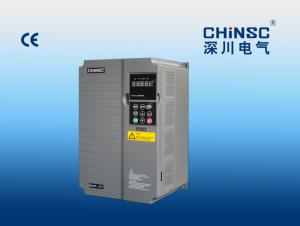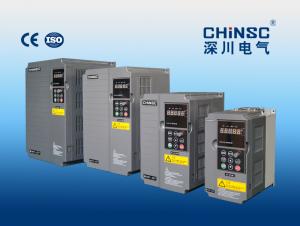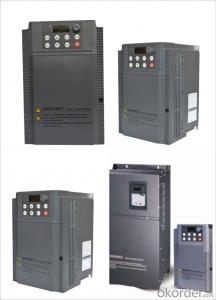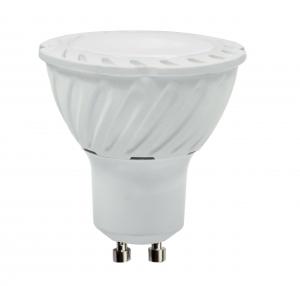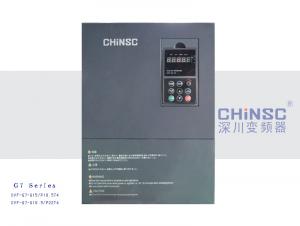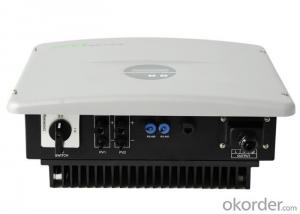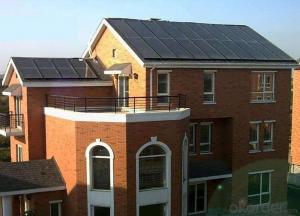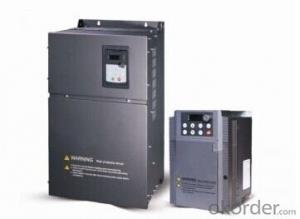3 Phase Solar Power Inverter
3 Phase Solar Power Inverter Related Searches
Inverter For Off Grid Solar Ct For Solar Inverter Solar Inverter For Rv Inverter For Solar Quality Solar Inverter Best Solar Inverter In Kerala 3 In 1 Solar Inverter Buy Solar Inverter In Nigeria Pcu Mode In Solar Inverter Igbt In Solar InverterHot Searches
Solar Inverter For Laptop Solar Inverter For Fridge Best China Solar Inverter China 3 Phase Solar Inverter Solar Inverter Supplier In Uae Solar Inverter In Dubai Solar Inverter In Saudi Arabia Solar Inverter In Uae Solar Inverter In Kerala Solar Inverter In Nepal Solar Inverter In Burpengary Solar Inverter In Caboolture Solar Inverter In Chennai Solar Inverter In Lebanon China 10kva Solar Inverter China Solar Inverter 1000kw China Solar Inverter 3kw China 5000w Solar Inverter China 850va Solar Inverter Solar Inverter For Fridge3 Phase Solar Power Inverter Supplier & Manufacturer from China
Okorder.com is a professional 3 Phase Solar Power Inverter supplier & manufacturer, offers integrated one-stop services including real-time quoting and online cargo tracking. We are funded by CNBM Group, a Fortune 500 enterprise and the largest 3 Phase Solar Power Inverter firm in China.Hot Products
FAQ
- Short-circuiting a solar inverter can pose several potential risks. Firstly, it can cause damage to the solar inverter itself, leading to costly repairs or replacement. Secondly, it can disrupt the flow of electricity and potentially cause a fire hazard if not addressed promptly. Additionally, short-circuiting can result in power outages, causing inconvenience and potential financial losses. Lastly, it may void the warranty of the solar inverter, leaving the owner responsible for any damages or malfunctions.
- Yes, a solar inverter can be used in conjunction with a wind turbine. Both solar and wind energy sources produce direct current (DC) electricity, which needs to be converted to alternating current (AC) for use in homes and businesses. A solar inverter is designed to convert DC electricity generated from solar panels into AC electricity, and it can also be utilized to convert the DC electricity generated by a wind turbine into usable AC electricity. By integrating a solar inverter, the electricity generated by both the solar panels and wind turbine can be synchronized and fed into the electrical grid or used directly on-site.
- Yes, there are some safety concerns associated with solar inverters. The main concern is the risk of electrical shock or fire due to faulty installation, improper maintenance, or inadequate grounding. It is important to ensure that professional installation is done according to safety guidelines and that regular inspections and maintenance are carried out to mitigate these risks.
- A solar inverter handles voltage fluctuations from the grid by continuously monitoring the incoming voltage. When fluctuations occur, the inverter adjusts its internal components to maintain a stable output voltage. It does this by regulating the power conversion process, either by decreasing or increasing the output voltage as necessary. This ensures that the solar energy generated by the panels remains at a consistent level, regardless of the voltage fluctuations from the grid.
- Yes, a solar inverter can be connected to a battery storage system. This allows excess solar energy generated during the day to be stored in the batteries and used later when there is no sunlight, providing a reliable source of power.
- The role of a solar inverter in reactive power compensation is to monitor and regulate the reactive power flow in the electrical system. It helps maintain a power factor closer to unity by injecting or absorbing reactive power as needed. This is crucial for improving the overall efficiency and stability of the grid, as well as reducing voltage fluctuations and line losses.
- Yes, a solar inverter can be used with solar trackers. Solar trackers are designed to follow the sun's movement throughout the day, maximizing the solar panel's exposure to sunlight. The solar inverter converts the DC (direct current) power generated by the solar panels into AC (alternating current) power that can be used in homes or businesses. The inverter can be connected to the solar tracker system to ensure efficient and effective utilization of the solar energy harvested by the panels.
- Yes, a solar inverter can be used with batteries for energy storage. In fact, this is a common practice in solar power systems, where excess energy generated by the solar panels is stored in batteries for later use when the sun is not shining. The solar inverter plays a crucial role in converting DC power from the batteries into usable AC power for electrical appliances.










